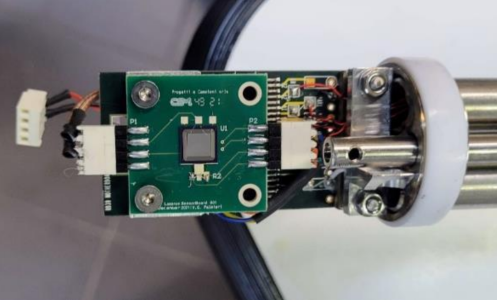Lazarus radioisotope generator

Radioisotope generators provide electrical power for spacecraft by converting the energy released by the decay of radioisotope fuel into electricity. Non-thermal converters (voltaic devices) make use of the photoelectric effect much in the same way a solar cell does. They are much easier to miniaturise for future chip-sized deep space probes, however performance quickly degrades due to radiation damage. The Lazarus effect has been shown to greatly reduce radiation damage in semiconductor detectors operated at cryogenic temperatures and passive radiative cooling could be easily provided in space. This activity investigated the performances of state-of-the-art silicon radiation detectors operated at cryogenic temperatures as alpha and beta voltaic devices (power generation). The initial efficiency as well as the radiation hardness increase significantly when compared to room temperature operation and can exceed that of diamond devices. Radiation damage at room temperature prior to launch does not seem to prevent successful operation in space at cryogenic temperatures. However, suitable strategies to further extend the observed good performances over longer periods of time are still required. The use of the same techniques of defect engineering successfully applied in silicon radiation detectors could be envisaged. This as well as modifying the semiconductor junction topology to maximise electric fields. Moreover, using silicon as semiconductor could allow integrating control electronics in a monolithic approach.
